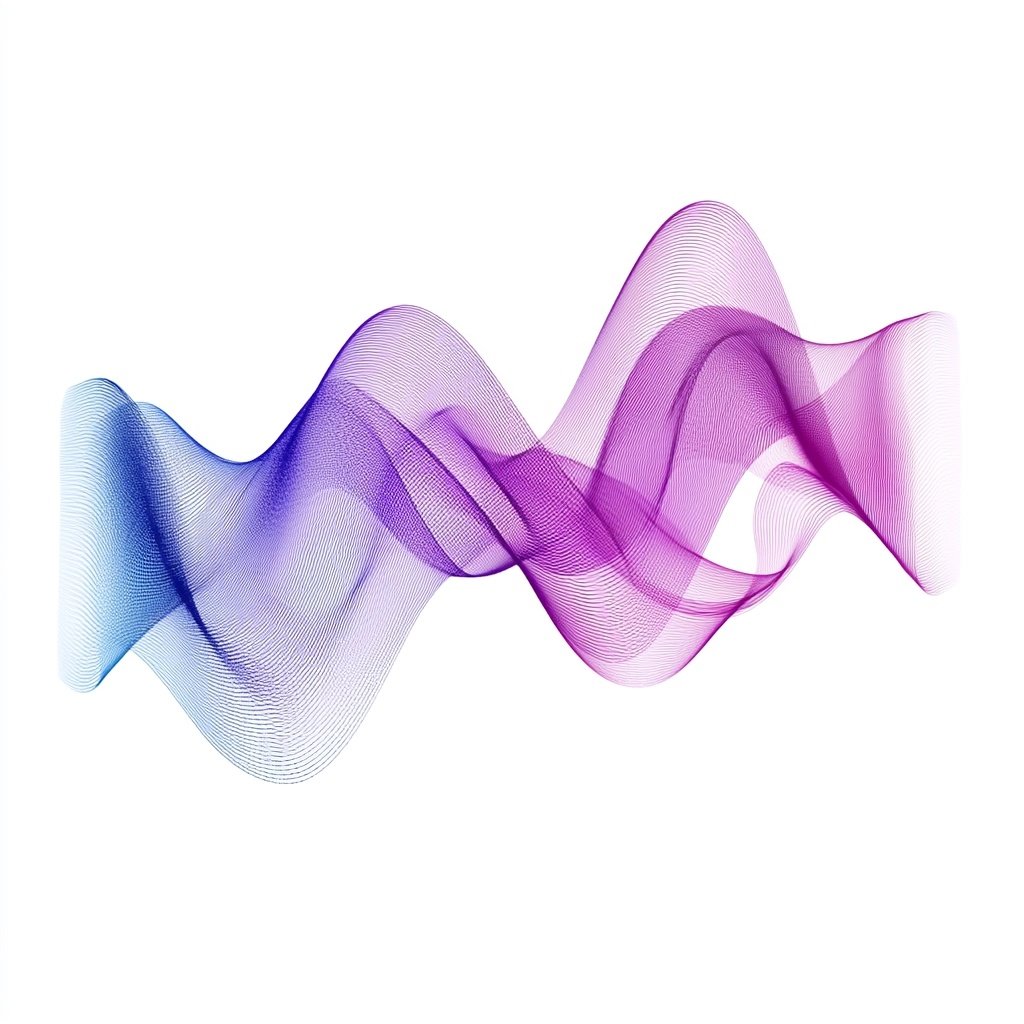Welcome to EMDR Music
Soothing bilateral sound meditations to ease stress, calm your nervous system, and support emotional healing—anytime you need it.
Did you know bilateral beats can dial down cortisol, steady your heart rate, and calm racing thoughts?
Listen with Headphones
Try for 20 minutes & notice the effects.
Frequently Asked Questions
-
EMDR music is a type of calming audio that uses bilateral sound—gentle tones that alternate from one ear to the other. This back-and-forth rhythm helps your brain feel safer, making it easier to release stress, settle your thoughts, and regulate your emotions. It’s inspired by EMDR therapy and is often used to support anxiety relief, trauma recovery, and better sleep.
-
Any stereo headphones work well! Just make sure you can clearly hear the tones alternating from left to right. That’s what makes it effective. Over-ear or noise-canceling headphones can make the experience even more immersive.
-
You’ll know it’s working when you hit what we call the “Goldilocks moment”—not too much, not too little, but just right.
Here’s what that might feel like:
Your mind begins to slow down, but you’re still aware.
You might feel waves of emotion or body sensations rising and falling.
Memories or insights may float up gently—not overwhelming, just present.
Your body might release tension through sighs, tears, tingling, or warmth.
You feel a little lighter or more groundedafter listening.
If you feel numb, flooded, or nothing at all—it’s okay. That just means you might need to adjust the speed, volume, or length of time, or pair the music with other supports (like breathwork or therapist guidance) to help your system feel safe enough to engage.
Healing isn’t always immediate, but when you find that sweet spot, it feels like something inside is finally getting what it needs.
-
EMDR therapy is something you do with a trained therapist to help reprocess difficult memories. EMDR music uses a similar principle—bilateral stimulation—but through sound. It’s more of a supportive tool you can use on your own to help calm your system and gently process emotions between or outside of therapy sessions.
-
The beats per minute (BPM) in EMDR music affect how your nervous system responds.
40 BPM offers a very slow, grounding rhythm—ideal for deep emotional processing, trauma healing, and relaxation. It’s especially helpful for sleep, nervous system regulation, and quiet inner work.
60 BPM provides a gentle but more alert pace—supportive for focused reflection, emotional clarity, or daytime use when you want to stay calm but not drowsy.
You can choose based on how your body feels and what kind of support you need in the moment.
-
Absolutely. Many tracks are designed specifically to support rest and deep sleep. They use slower rhythms and calming tones that help your body shift out of “fight-or-flight” and into a more relaxed state—especially helpful if your mind tends to race at night.
-
Yes! That’s one of the most common reasons people use it. The alternating tones help regulate your nervous system, ease racing thoughts, and create a sense of calm. It’s great during anxious moments, transitions, or even as part of a daily routine.
-
That’s more common than you’d think—and it doesn’t mean something is wrong. EMDR music uses bilateral stimulation, which activates both sides of the brain and can stir up unprocessed emotions or tension stored in the body. If you're feeling more anxious, a few things might be happening:
You may need to start with a slower BPM, like 40 BPM, to help your system settle.
It might help to listen for a shorter time—just a few minutes—and gradually increase as your body adjusts.
If you’ve experienced trauma, your system might need extra co-regulation or grounding support before using EMDR music on its own.
Try pairing the music with deep breathing, gentle movement, or a safe space visualization to anchor yourself.
Always listen to your body. If the music feels too activating, it’s okay to pause and come back when you feel more resourced.
-
When we’ve gone through hard things, sometimes the body still holds on to the stress—even if our minds understand the story. EMDR music helps by giving your brain a rhythm to follow, which supports emotional release and nervous system healing in a gentle, non-verbal way.
-
Yes, it can. By engaging both sides of the brain, EMDR music helps your system find balance. It’s especially helpful when you’re feeling overwhelmed or stuck in big emotions. Many people find they feel more grounded and steady after just a few minutes.
-
That’s totally up to you. Some people use it daily, others just when they need support. Whether you’re starting your day, winding down at night, or needing a reset mid-afternoon—just press play and see how your system responds. Check out this blog for more “How too”
From the YouTube Comments Section

